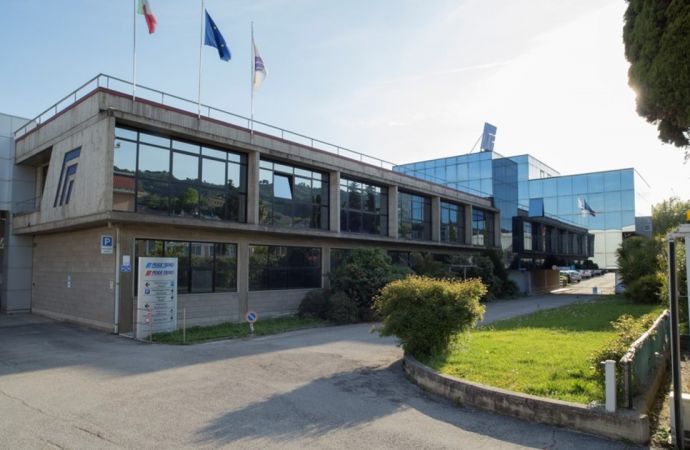An international study predicts that rising average temperatures will increase demand for comfort cooling in warmer European countries.

Rising average temperatures due to climate change are increasing demand for comfort cooling in southern Europe, according to research published in the journal Proceedings of the National Academy of Sciences (PNAS).
The first six months of 2017 have been the second warmest six-month period since modern records began, with 2016 being the warmest, according to NASA.
The extent to which countries face temperature increase will vary dramatically between southern and northern Europe. “We find significant increases in average daily peak load and overall electricity consumption in southern and western Europe (∼3 to ∼7% for Portugal and Spain) and significant decreases in northern Europe (∼-6 to ∼-2% for Sweden and Norway),” Wenz et al. say in the PNAS article.
The research ranges cited vary according to whether climate change is addressed as per the aims of the Paris Climate Agreement.
Lead author Leonie Wenz from the Potsdam Institute for Climate Impact Research (PIK) in Germany explains, “it turns out that electricity demand in Europe will shift from countries like Sweden or Norway to countries like Portugal or Spain. Concurrently, the annual peak load will shift from winter to summer in most countries".
Changing consumer habits
Changing consumer habits in Europe are also increasing demand for air conditioning. "A few decades ago, no ordinary car in Europe had air conditioning, today almost every automobile has it – the same development will probably happen with buildings in Europe, yet not for reasons of comfort but due to necessity," says co-author Anders Levermann from PIK and Columbia University in New York.
From an environmental perspective, it is crucially important to reduce this growing energy demand. A United4Efficiency report (a joint partnership between UNEP and other NGOs) found that consumers could achieve $56 billion in energy savings ($17 billion in India alone) by 2030 “by improving air conditioner energy efficiency policies” now
A few decades ago, no ordinary car in Europe had air conditioning, today almost every automobile has it – the same development will probably happen with buildings in Europe, yet not for reasons of comfort but due to necessity."
– Anders Levermann from PIK and Columbia University in New York.
The only other high-efficiency, low-cost refrigerant options cited by the report – as an alternative to very high global warming HFCs that are currently being used – are R32 (an HFC with a global warming potential of 650) and R290 (propane).
At the same time, it is worth noting that 65% of HFC usage comes from air conditioning (UNEP). “From an environmental and performance perspective, there is little disagreement that R290 (and R1270) represent the best options” as they have a negligible GWP, says consultant Dr. Daniel Colbourne, who sits on the UNEP RAC&HP Technical Options Committee under the Montreal Protocol.
Colbourne says this HFC use is the big issue. “The reduction in emissions of HFCs by switching from high-GWP technologies such as R410A, R407C and R32 to R290, R1270 or other negligible GWP alternatives in split air conditioning is potentially vast,” he argues, as they represent such a large share of current HFC production (around 45% of HFC use in air-conditioning applications comes from single splits).
Related stories



